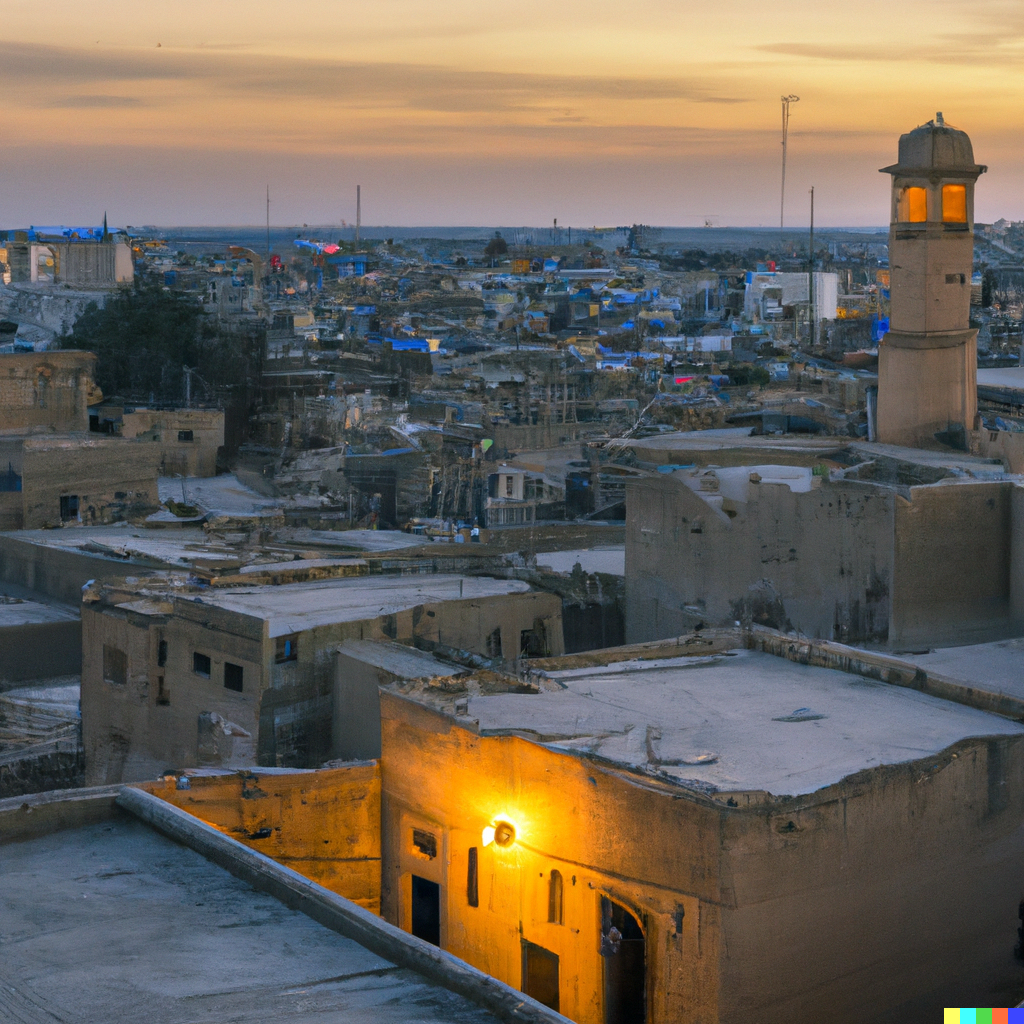Note: This article provides a comprehensive exploration of the history and evolution of Raqs Sharqi, also known as Egyptian belly dance. From its origins to its global influence, we will delve into the cultural significance and artistic development of this mesmerizing dance form. Join us as we take a captivating journey through time.
Introduction
Raqs Sharqi, which translates to “Dance of the Orient” in Arabic, is a captivating dance form that has its roots in the Middle East. It is an art form that has fascinated people for centuries with its intricate movements, expressive gestures, and vibrant costumes. In this article, we will explore the rich history of Raqs Sharqi, tracing its origins, development, and global influence.
The Birth of Modern Egyptian Raqs Sharqi (late 1800s to 1930s)
The birth of modern Egyptian Raqs Sharqi can be traced back to the late 1800s. During this time, Western artists and writers visited the Middle East and became enthralled by the dancers’ ability to perform unfamiliar pelvic and torso movements. These dancers were classified as either Ghawazee or Awalim. The Ghawazee, considered to be gypsies, performed for lower-class audiences, while the Awalim entertained the rich and highly educated in court settings.
The Golden Era of Egyptian Cinema (1930s to late 1950s)
The Golden Era of Egyptian Cinema, spanning from the 1930s to the late 1950s, saw the emergence of the first big stars of Raqs Sharqi in Egyptian movies. These dancers captivated audiences with their mesmerizing performances, and their influence shaped the fashion and style of the time. One notable figure during this era was “Little Egypt,” who caused a sensation at the 1893 World Fair in Chicago and inspired a host of imitators.
Internationalization of Egyptian Raqs Sharqi (1960s and Early 1970s)
In the 1960s and early 1970s, Raqs Sharqi began to be learned and performed outside of its area of origin. This period marked the internationalization of Egyptian Raqs Sharqi, as dancers and students from around the world started exploring the cultural origins of belly dance. Travel to Egypt became more common, allowing dancers to learn from Egyptian masters and immerse themselves in the dance’s rich history.
Raqs Sharqi in Egyptian Cinema and TV (1970s and Early 1980s)
The 1970s and early 1980s saw the appearance of live Raqs Sharqi performances on television in Egypt. This exposure further popularized the dance form and brought it into the homes of millions of viewers. Dancers like Samia Gamal showcased their skills and brought Raqs Sharqi into the mainstream.
Last Big Raqs Sharqi Stars in Egypt (1980s and 1990s)
During the 1980s and 1990s, economic changes in Egypt led to the decline of big live performances with large bands. However, this era saw the rise of iconic dancers who left a lasting impact on the art of Raqs Sharqi. These dancers, such as Dina and Randa Kamel, pushed the boundaries of the dance with their creative choreography and innovative styles.
Era of Raqs Sharqi as a Global Trans/cultural Heritage (2000s)
With the advent of the internet and increased global travel, Raqs Sharqi entered a new era as a global trans/cultural heritage. Dancers from different parts of the world embraced the art form, incorporating their own cultural influences and creating unique fusions. Raqs Sharqi became a bridge between cultures, transcending borders and captivating audiences worldwide.
Intangible and Tangible Elements of Raqs Sharqi
To fully understand the development of Raqs Sharqi, we must explore its intangible and tangible elements. Dance traditions, movements, people, class, locations, aural elements, taste, social occasions, politics, economy, technology, and other artifacts all contribute to the rich tapestry of Raqs Sharqi’s history. These elements interact and evolve over time, shaping the dance and its cultural significance.
Egyptian Raqs Sharqi Movement Vocabulary
The movement vocabulary of Egyptian Raqs Sharqi is characterized by intricate rhythmic interplay between different parts of the body. Torso, arm, and head movements take center stage, with a focus on expressive gestures and fluid transitions. While leg movements are less emphasized, the dance showcases a balance between grace and sensuality. Traditional elements are combined with influences from ballet, creating a unique and captivating style.
The Evolution of Costumes and Props
The costumes and props used in Raqs Sharqi have evolved over time, reflecting the changing trends and influences on the dance. In the early days, dancers wore traditional attire that covered their stomachs, but as the dance became more westernized, costumes began to expose the belly, adding a sensual and alluring element. Glitter, sequins, and beads adorned the costumes, creating a dazzling visual spectacle.
The Global Impact of Raqs Sharqi
Raqs Sharqi’s global impact cannot be overstated. It has inspired countless dancers around the world, leading to the emergence of new styles and fusions. Raqs Sharqi festivals and workshops are held in different countries, allowing enthusiasts to come together and celebrate the beauty and versatility of this art form. The dance continues to evolve and adapt, embracing new influences while staying true to its cultural roots.
Conclusion
Raqs Sharqi is more than just a dance; it is a rich cultural heritage that has captivated audiences for generations. From its humble beginnings to its global reach, Raqs Sharqi has evolved and adapted, leaving an indelible mark on the world of dance. As we continue to explore and appreciate this mesmerizing art form, let us celebrate its history, diversity, and the passion it ignites in dancers and audiences alike.
